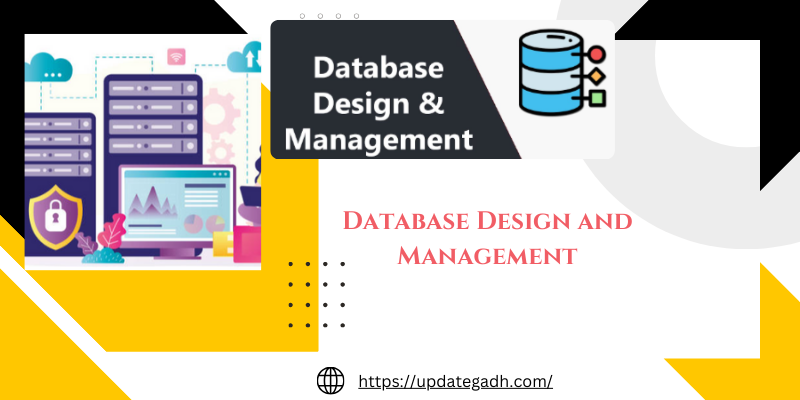
How to Learn AI: A Beginner’s Guide to Ai
How to Learn AI: A Beginner’s Guide to Mastering Artificial Intelligence
Artificial Intelligence (AI) is no longer just a buzzword—it’s shaping our world in ways we never imagined. From self-driving cars to intelligent virtual assistants, AI is behind many of the innovations we encounter daily. If you’ve ever wondered how these systems work or are eager to dive into this cutting-edge field, you’re in the right place. This guide will walk you through the essential steps to learn AI, whether you’re a complete beginner or someone with some technical background.
Table of Contents
Why Learn AI?
let’s explore the why. AI is revolutionizing industries across the board—from healthcare and finance to entertainment and transportation. By learning AI, you open doors to numerous career opportunities, whether as a data scientist, machine learning engineer, or AI researcher. Additionally, understanding AI gives you the tools to create impactful projects that can solve real-world problems.
Ambulance Booking System Using PHP MySQL Comprehensive tips
Step 1: Build a Strong Foundation
1.1. Understand the Basics of AI
AI can seem daunting, but it all starts with a few fundamental concepts. Begin by familiarizing yourself with key AI topics such as:
- Machine Learning (ML): The core of AI, where systems learn from data.
- Neural Networks: The building blocks of deep learning, mimicking the human brain.
- Natural Language Processing (NLP): How machines understand and generate human language.
- Computer Vision: Teaching machines to interpret visual data.

1.2. Brush Up on Math and Statistics
AI heavily relies on mathematics, especially linear algebra, calculus, and probability. If you’re not confident in these areas, consider taking online courses or revisiting these topics to strengthen your understanding.
Step 2: Learn a Programming Language
To implement AI algorithms, you’ll need to know a programming language. Python is the most popular choice due to its simplicity and vast ecosystem of AI libraries such as TensorFlow, Keras, and PyTorch. . Once you’re comfortable, dive into specific AI libraries:
- TensorFlow: An open-source library for machine learning and deep learning.
- PyTorch: A flexible deep learning framework popular in research.
- scikit-learn: A versatile library for traditional machine learning.
The Impact of Automation on IT Jobs: Navigating the Future of Work
Step 3: Explore AI Algorithms and Techniques
3.1. Get Hands-On with Machine Learning
Machine learning is at the heart of AI, so start by implementing basic algorithms like:
- Linear Regression
- Logistic Regression
- Decision Trees
- K-Nearest Neighbors (KNN)
Practice by working on small projects, such as predicting house prices or classifying images. Kaggle is a great platform for finding datasets and participating in competitions that challenge your skills.

3.2. Delve into Deep Learning
Once you’re comfortable with machine learning, move on to deep learning, which deals with neural networks. Start with basic concepts like:
- Feedforward Neural Networks
- Convolutional Neural Networks (CNNs) for image recognition
- Recurrent Neural Networks (RNNs) for time series and language data
Use pre-built models like those in TensorFlow or PyTorch to experiment with real-world applications like image classification or text generation.
- Complete Python Course : Click here
- Free Notes :- Click here
- New Project :-https://www.youtube.com/@Decodeit2
- How to setup this Project Complete video – Click here
Step 4: Work on AI Projects
Learning AI is about practice and application.
- Build a Chatbot: Use NLP techniques to create a simple chatbot that can answer basic questions.
- Image Recognition: Train a model to recognize objects in images, like cats vs. dogs.
- Predictive Analytics: Use historical data to make predictions, such as stock prices or sales forecasts.
Step 5: Keep Learning
AI is an ever-evolving field, so it’s essential to stay updated with the latest advancements. Follow AI blogs, listen to podcasts, and participate in online forums like Reddit’s Machine Learning community. Enroll in advanced courses or attend AI conferences to deepen your knowledge.
Step 6: Consider Specialization
As you progress, you may want to specialize in a specific area of AI, such as:
- Natural Language Processing (NLP): Working with language data, including text generation and translation.
- Computer Vision: Focusing on image and video analysis.
- Reinforcement Learning: Creating agents that learn by interacting with their environment.

Conclusion
How to Learn AI is a journey that requires dedication, curiosity, and a willingness to experiment. Start with the basics, build a solid foundation, and gradually move towards more complex topics and projects. By following the steps outlined in this guide, you’ll be well on your way to becoming proficient in AI and ready to tackle real-world challenges.
Share this content:








Post Comment